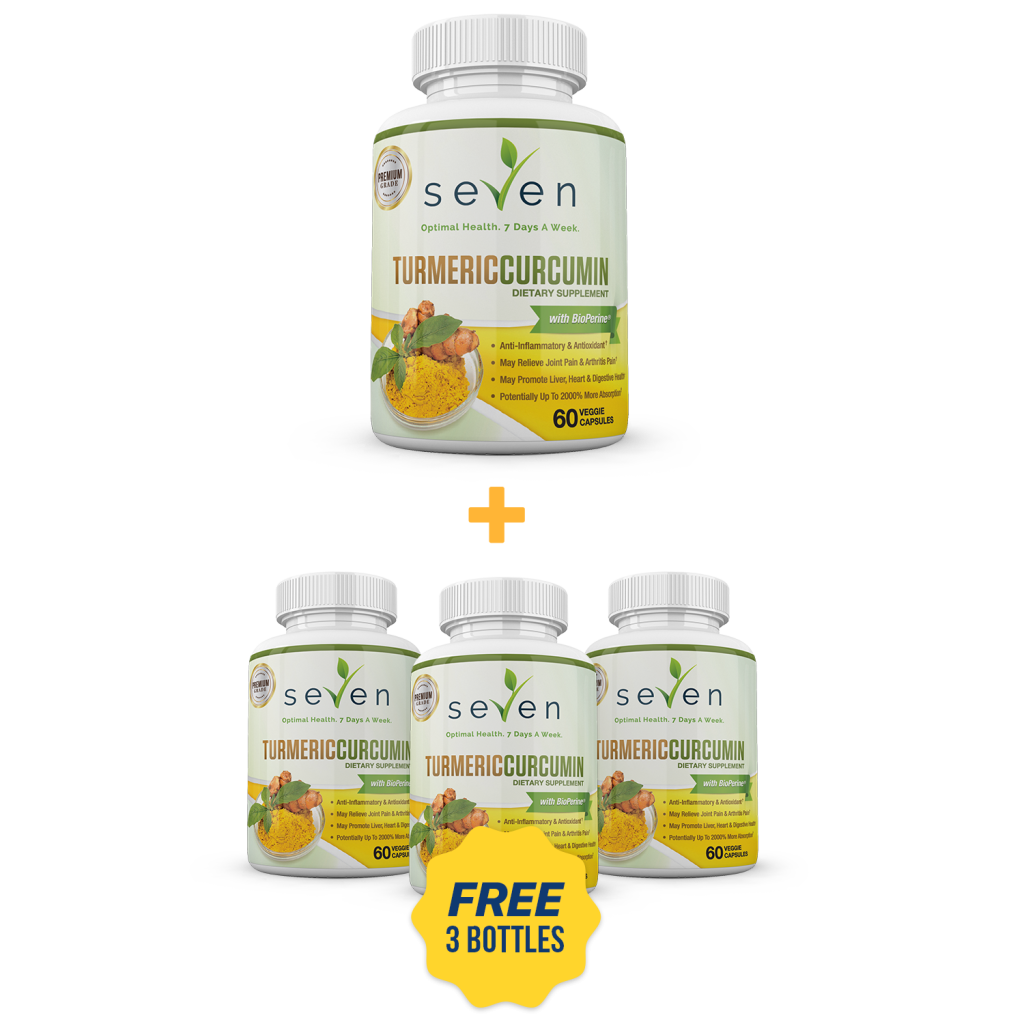Vitamins and minerals are nutrients that perform a multitude of tasks in our bodies. The difficulty lies in maintaining a balancing act between getting enough and getting too much.
There is a minimum of 30 vitamins, minerals, and other dietary needs our bodies need to function properly that we don’t produce ourselves.
Often referred to micronutrients, vitamins and minerals got that name based on the tiny amounts we need of each to keep our systems working at full steam.
You would think that because of the small quantities needed, it wouldn’t be that difficult to keep their levels even. However, because of the variety of sources that each come from, if we fall short of even just one nutrient, our whole body can be sent spiraling into illness.
Here are three diseases that result directly from vitamin deficiencies:
- Scurvy – Bleeding gums and listlessness are a result of Vitamin C deficiency. Something ancient sailors living for weeks or months without fresh fruits or vegetables experience first-hand on a regular basis.
- Blindness – Although not as common now in developed countries, people in developing countries are at risk from vitamin A deficiencies.
- Rickets – Caused by a lack of Vitamin D and resulting in soft, weak bones that eventually lead to deformities if left untreated. The U.S. has produced Vitamin D fortified milk since the 1930s in part as a deterrent to this condition.
Water-soluble Vitamins
Water-soluble vitamins are delivered via the watery parts of the foods you consume. Our bodies absorb them directly into the bloodstream during digestion. After that, your kidneys control their levels and draw out any extra into your urine.
Water-soluble Vitamins Include:
- Vitamin C
- Vitamin B12
- Vitamin B9 (Folic Acid)
- Vitamin B7 (Biotin)
- Vitamin B6
- Vitamin B5 (Pantothenic Acid)
- Vitamin B3 (Niacin)
- Vitamin B2 (Riboflavin)
- Vitamin B1
Fat-soluble Vitamins
Unlike their waterborne cousins, fat-soluble vitamins enter our bloodstream courtesy of lymph channels located in the intestinal wall, many of which can only move through the body with the aid of proteins that act as vehicles.
In your body, the liver and fatty tissues serve as the main storage areas for these vitamins, releasing them as needed. The fat-soluble vitamins are:
- Vitamin K
- Vitamin E
- Vitamin D
- Vitamin A
Trace Minerals
If you are familiar with what a thimble is, then you can imagine the total amount of trace mineral found in the body.
And while they may be “small” their power is mighty and their jobs very diverse. The trace minerals are:
- Zinc
- Selenium
- Molybdenum
- Manganese
- Iron
- Iodine
- Fluoride
- Copper
- Chromium
A few examples of what these mini-minerals do include transporting oxygen throughout the body (iron), strengthening bones and preventing tooth decay (fluoride), helping blood clot and letting us tasted and smell (zinc).
Major Minerals
No more important to your body’s systems than trace minerals, major minerals just exist in high quantity. The major minerals are:
- Sulfur
- Sodium
- Potassium
- Phosphorus
- Magnesium
- Chloride
- Calcium
These minerals move through the body by several means. Calcium is similar to a fat-soluble vitamin; it needs another nutrient to help it through absorption and movement in the body where Potassium is absorbed into the bloodstream and excreted by the kidneys a lot like water-soluble vitamins.
Having too and excess of one major mineral can cause a deficiency in another. This is usually the result of supplement overdoses though, not food.
If you feel you may be lacking in one or more of any of these vital nutrients, it’s a good idea to have blood work done and reviewed by your primary care provider. Once you know what you need, your doctor can advise you on the best course of action to balance your levels out again.





What did you think about this article?